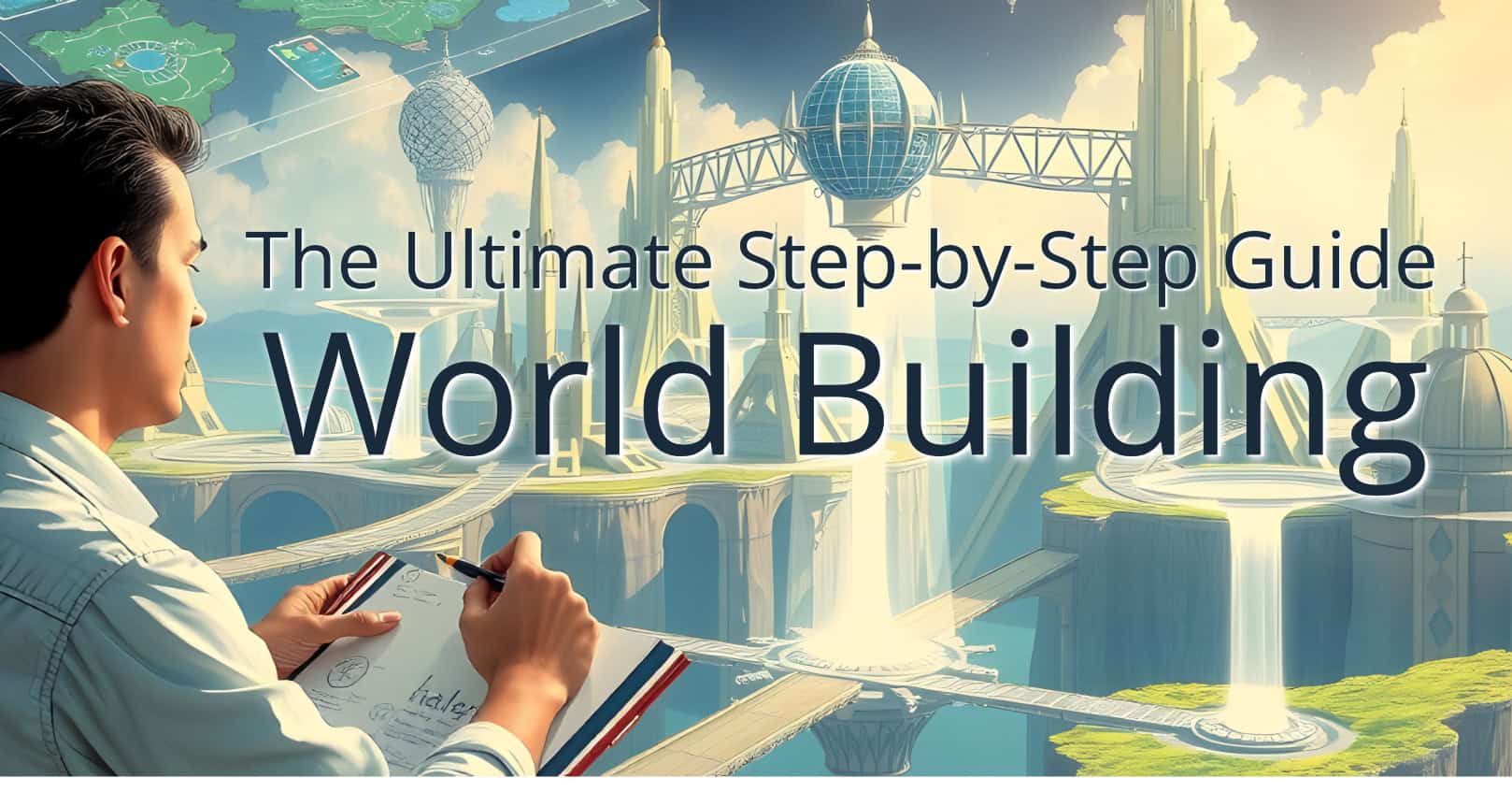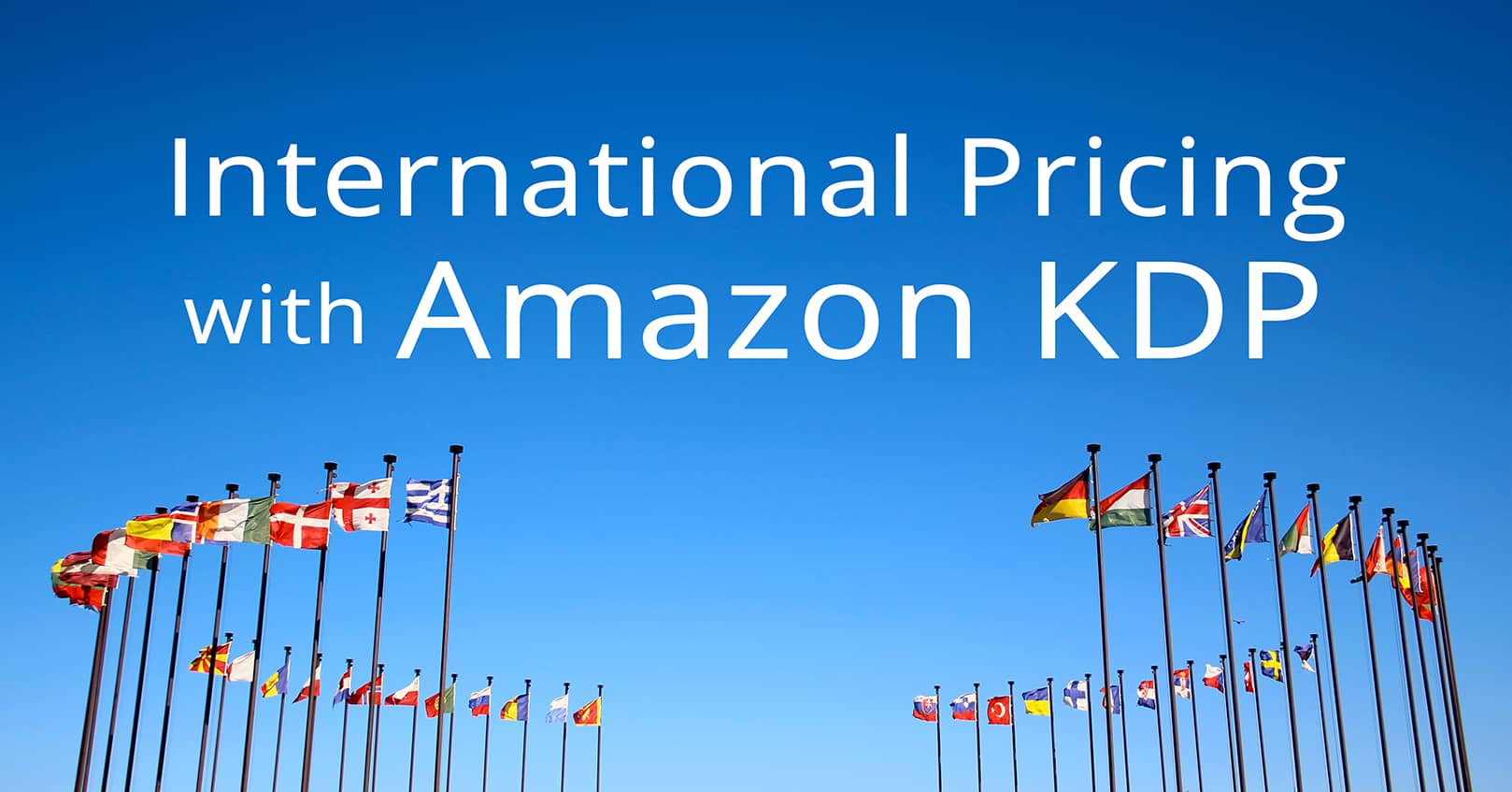
So, you’ve got an idea for a story, a game, or a setting for your next creative project. Maybe you’ve even scribbled down a few cool names or envisioned a stunning landscape. But how do you go from scattered ideas to a fully fleshed-out world that feels rich, immersive, and—most importantly—real? That’s where world-building comes in.
Whether you’re a seasoned writer, a Dungeon Master, or just someone who loves making up worlds, this guide will walk you through the essential steps to crafting a believable and engaging setting.
Step 1: The Big Picture—What’s Your World About?
Before you start mapping continents and designing alien species, take a step back. What is the core idea of your world? Is it a post-apocalyptic wasteland? A high-tech utopia? A medieval kingdom full of political intrigue? Having a broad concept helps guide every decision you make from here on out.
Ask yourself:
- What makes this world unique?
- What is the tone—dark and gritty or whimsical and light?
- Is this world built for a story, a game, or just for fun?
Step 2: Geography & Environment
Now that you know the essence of your world, let’s shape it—literally.
Things to consider:
- Landscapes & Biomes – Mountains, oceans, deserts, forests. Geography shapes culture, economy, and conflict.
- Weather & Climate – Is it a frozen wasteland? A planet with eternal storms? The environment affects how people live.
- Resources – What’s valuable in your world? Rare minerals, magical herbs, water in a desert world?
A rough map (even just a doodle) can really help visualize things!
Step 3: The People & Cultures
Your world isn’t just a pretty backdrop—it’s filled with people (or creatures) that shape its history.
Key aspects to define:
- Species & Races – Are there humans? Elves? Aliens? Sentient fungi?
- Societies & Governments – Monarchies, democracies, theocracies, anarchies—who’s in charge and how?
- Culture & Traditions – What do they eat? How do they dress? What are their taboos? Their festivals?
- Religion & Beliefs – Gods, spirits, science worship—what do people believe in, and how does it shape their lives?
Step 4: Technology & Magic
What’s the tech level of your world? Stone Age? Cyberpunk dystopia? Do people ride dragons, spaceships, or both?
For Tech-Heavy Worlds:
- Is AI a thing? Are there robots? Is space travel common?
- How do people communicate? (Deep space network or aetherweb, anyone?)
- What energy sources are used?
For Fantasy Worlds:
- How does magic work? Are there strict rules, or is it wild and unpredictable?
- Who controls magic—anyone, or just an elite few?
- Are there magical creatures?
Step 5: History & Conflict
A great world has a past that influences the present. You don’t need a full history book, but key events add depth.
Consider:
- Major Wars & Conflicts – What past battles shaped the world?
- Heroes & Legends – Are there famous figures everyone remembers?
- Current Conflicts – Is there a war brewing? Political unrest? A prophecy about to come true?
Step 6: Daily Life & Details
The small stuff makes a world feel real.
Think about:
- What’s the average person’s day like? Do they farm? Do they work in a cyber-tower?
- What do people do for fun? Sports? Music? Gladiator fights?
- What’s the economy like? Bartering? Space credits? Gold coins?
- How do people travel? Horses? Hoverbikes? Walking through portals?
Step 7: Bringing It All Together
By now, you’ve got the big pieces in place. Now it’s time to integrate everything so your world feels alive. Consider writing a short scene set in your world or creating a simple story that lets you explore its nuances. If you’re making a game, test how different elements interact.
Most importantly—don’t be afraid to tweak things! World-building is an ongoing process. As your story or game develops, your world might change with it. That’s part of the fun!
Final Thoughts
Building a world from scratch can seem overwhelming, but taking it step by step makes it manageable (and exciting). Whether you’re crafting a sprawling space empire or a tiny enchanted village, the key is consistency and depth. The more thought you put into your world, the more immersive it will be for your readers, players, or even just yourself.
So go forth, creator—your world is waiting!















Comments